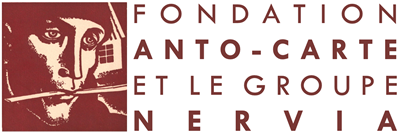
PAULUS PIERRE
(16 mars 1881, Châtelet - 17 août 1959, Saint-Gilles)
Pierre Paulus was born in 1881 into a family attached to the arts: his grandfather was first violin at the Théâtre royal de La Monnaie, his father was an ornamental sculptor, his sister Louise was a drawer, and his brother Eugène was a ceramist. At his father's instigation, he began his education by attending architecture classes at the Académie de Beaux-Arts in Brussels. At the age of eighteen, he embraced his vocation as a painter and became one of the best pupils of Contant Montald, Herman Richir and Jospeh van Severdonck. He then obtained travel grants, during his travels he discovered the great Italian and Spanish painters. In 1910, he became friends with Jules Destrée and the following year participated with eleven paintings in the Charleroi Exhibition. In 1913, after winning the Prix du Hainaut, he was chosen by the Walloon Assembly to draw the Coq hardi, which became the emblem of Wallonia. In October 1914, he went to London until June 1915. Pierre Paulus then joined the Yser front within the artistic section in 1917. After the war, he produced L'épopée ouvrière, a set of five monumental paintings for the Maison du Peuple in Trazegnies. He was then appointed professor at the Académie des Beaux-Arts in Antwerp in 1929 until 1953. He accompanied Jules Destrée to Italy in 1929. That same year, he joined the Nervia group alongside Anto Carte and Louis Buisseret. He then took part in the 1932 Venice Biennial, won the Grand Prix at the 1937 Exposition internationale des Arts et des techniques in Paris and won second prize in the Watson Competition in Pittsburgh. In 1946, he was awarded the Prix de l'Académie Royale de Belgique. His art is sensitive to workers' issues and was praised by his friend Jules Destrée, who said of him: "Paulus ennobled work and forced the bourgeoisie to look at workers not as machines, but as humans.” Pierre Paulus continued to defend Walloon art throughout his career as an artist and teacher, before dying in Brussels in 1959.



